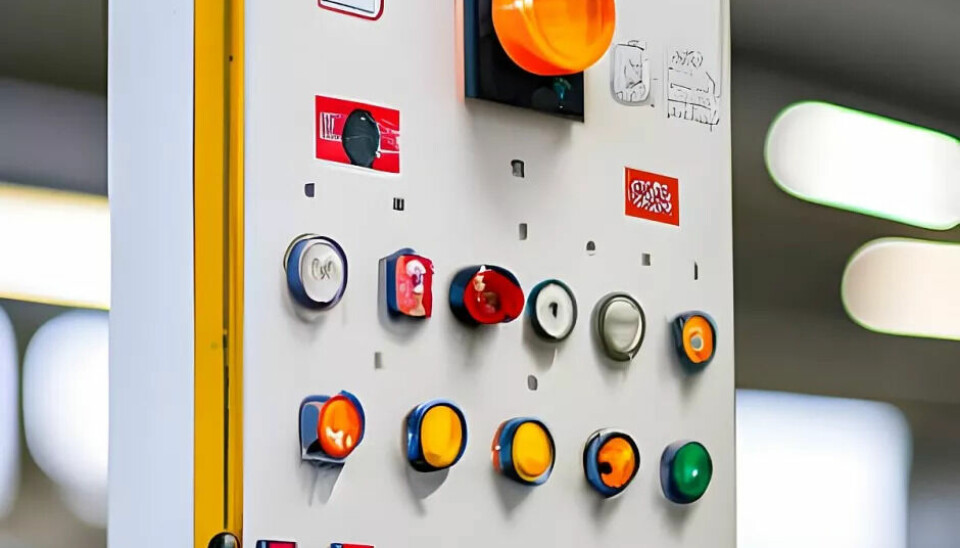Digital inspection
How to replace plant runners with digital inspections

Traditional rounds by plant runners on their inspections are neither smart nor effective. Digital plant inspection aims to change that. The automotive industry, in particular, relies on this type of automation.
It sounds like a greeting from times long past: plant runners who set out in factories with clipboard, checklist, and pen to check the machinery for abnormalities through routine inspections.
A lot of paper is used during these inspections. Photos are taken. Calls are made to supervisors. What doesn't happen: systematically and automatically capturing plant data digitally.
Many sensors already detect deviations that only need to be transmitted to a central platform and evaluated. But this happens far too rarely - and thus a valuable data treasure in automotive production is lost. With a digitized plant inspection, this would not happen.
Smart: Linking real-time data with classic information
Above all, the interplay of IT and OT opens up new possibilities, including linking real-time machine data with digitally available information about the machine from classic IT systems such as CAD, PLM, or technical documentation, explains Michele del Mondo, Market & Business Development Director Industry Advisor Mobility at the American technology company PTC. "This creates the basis for Industry 4.0, which enables solutions like predictive maintenance."
The effects are obvious: "The advantages of an IoT-supported solution for machine inspection include, among other things, the reduction of travel times, the increase in the first time fix rate, and optimized spare parts procurement," says the expert, "in general, it is about maximizing plant availability while simultaneously reducing the resources used."
Away with the clipboard, here comes the tablet
Sounds good, but how do you implement a digital plant inspection? The first step is simple: away with the clipboard, here comes the tablet. The route walkers should collect data via tablet or smartphone to create the basis for digital plant data management. But the feedback of information such as anomalies in the plant to mobile devices is also possible through digitization.
How a control walk is designed, at which stations and measuring points which data is collected, must be the responsibility of the specialists, as they are the experts in their field. Even less IT-savvy technicians can handle this via intuitive IoT platforms like ThingWorx. Especially since it is already about bringing together data and information from the most diverse areas.
Simply integrate complex interfaces
“As diverse as the production lines and machines in automotive manufacturing are, so heterogeneous are the solutions used for machine inspection,” says Michele del Mondo. The range extends from self-developed applications to low-code IoT platforms to the mostly proprietary applications of the machine manufacturers themselves. Del Mondo: “Only those solutions that are based on a scalable platform and include functions that have comprehensive machine connectivity and can aggregate information from various IT systems and output it on different devices like tablets or HoloLens in conjunction with AR will be successful.”
In other words: the core must be a platform that enables different and complex interfaces to be easily integrated. Especially since it is not individual systems or a company's machinery that are to be digitally inspected, but company-wide production facilities - to be able to react as quickly or predictively as possible to impending failures. And: any repair orders or other measures should be able to be triggered centrally from the system.
Digital information from the shop floor
OEMs like Audi are increasingly using the digital treasure trove on the shop floor to gain significantly more information about operating conditions digitally, so that processes can be run more reliably and predictive maintenance becomes possible. The Predictive Maintenance project is testing intelligent and digital maintenance in body construction at the Neckarsulm site.
Maintenance personnel collect and interpret data to predict the wear and tear of production equipment, reports Mathias Mayer, who works in the Production Lab on the digitization of automation technology in body construction. “Our goal is not to react only when something has happened, but to identify potential problems before they occur.”
For the application case of the joining system, this means collecting and evaluating big data. Millions of data points are generated when the punch riveting system shoots between 600,000 and 1.2 million rivets through a plastic tube with compressed air to connect body parts. Now, the heavily used hoses need to be replaced before they are worn out - and preferably during non-production time. This is not possible with conventional line monitoring.
Standards as the key to success
Mayer is testing similar solutions with colleagues on welding robots. All solutions that, once they are running stably, are to be rolled out across the group. Important: "The processes must be standardized to link multiple systems and machines with databases," explains Mayer. "In the near future, other process data should also be read and interpreted to ultimately make the condition of the machine park transparent." Once the system data is consolidated and of high quality, the path is clear for scaling.
Sure, it won't be possible to go completely paperless at Audi and other OEMs for the time being. But: Digitized processes will replace manual, document-based processes in the future. "If you think Industry 4.0 through to the end, there is technically no longer any reason for paper-based processes," Michele del Mondo is certain. "However, it will certainly take a few more years for the technology with its possibilities to become established everywhere."